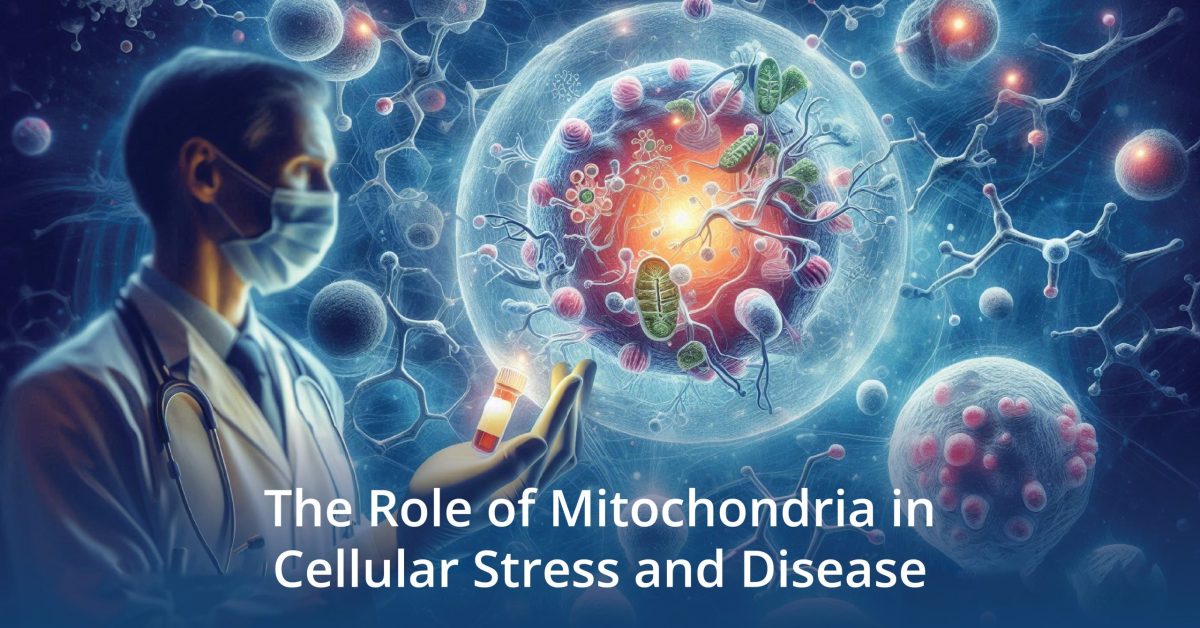The role of the mitochondria has been referred to most of the time as that of “powerhouses” in the cell, simply for the reason that these are organs responsible for generating energy in cells for proper working. However, their role extends far beyond energy production; simultaneously, they have strong implications for a number of cellular events related to the control of cellular stress responses, apoptosis-programmed cell death, and the maintenance of cellular health. Any defect in the mitochondria may initiate a serial event in which cellular stress is embedded and eventually culminates in a diversity of diseases. Knowing the interrelationship between the mitochondria and cellular stress may help in understanding the mechanisms behind a lot of pathological conditions at the moment, among them being neurodegenerative diseases, metabolic disorders, and inflammatory diseases.
Mitochondria: Guardians of Cellular Homeostasis
Mitochondria are organs having an independent, circular genome, which is maternally inherited and encodes basic constituents of the oxidative phosphorylation apparatus. This apparatus is responsible for generating adenosine triphosphate, the principal form of energy currency in the cell. Along with the generation of ATP, mitochondria take part in the synthesis of some molecules, like iron-sulfur clusters and heme, which play a vital role in various cellular processes.
In light of this fact, one of the most important functions of mitochondria is to maintain cellular redox balance. This balance between the generation of reactive oxygen species and antioxidant defenses within the cell has been considered a determinant of cellular homeostasis. In general, mitochondria slightly produce ROS as by-products during the process of oxidative phosphorylation. These ROS participate in cellular signaling and defense against pathogens. However, when ROS production becomes too large to be effectively cleared by these scavengers, usually triggered by mitochondrial dysfunction, excessive ROS production ensues, leading to oxidative stress that may cause damage to DNA, proteins, and lipids.
Mitochondrial Dysfunction and Oxidative Stress
One prominent feature of most diseases is mitochondrial dysfunction, which is often associated with increased oxidative stress. If mitochondria are damaged or their function is impaired, electron transport via the transport chain will not be so efficient, leading to electron leakage and, hence, overproduction of ROS. In excess, ROS then begins to overwhelm cellular antioxidant defenses, leading to the formation of oxidative stress. The latter, in turn, might further hit back at mitochondria, thus creating a vicious cycle and increasing cellular dysfunction.
Mitochondrial dysfunction and oxidative stress sit at the center of the pathogenesis of neurodegenerative diseases such as Parkinson’s and Alzheimer’s. For example, in Parkinson’s disease, the accumulation of damaged mitochondria and subsequent oxidative stress contribute to dopaminergic neurodegeneration. Much the same, mitochondrial dysfunction in Alzheimer’s disease is believed to be responsible for the formation of amyloid-beta plaques and tau tangles that characterize the disease.
